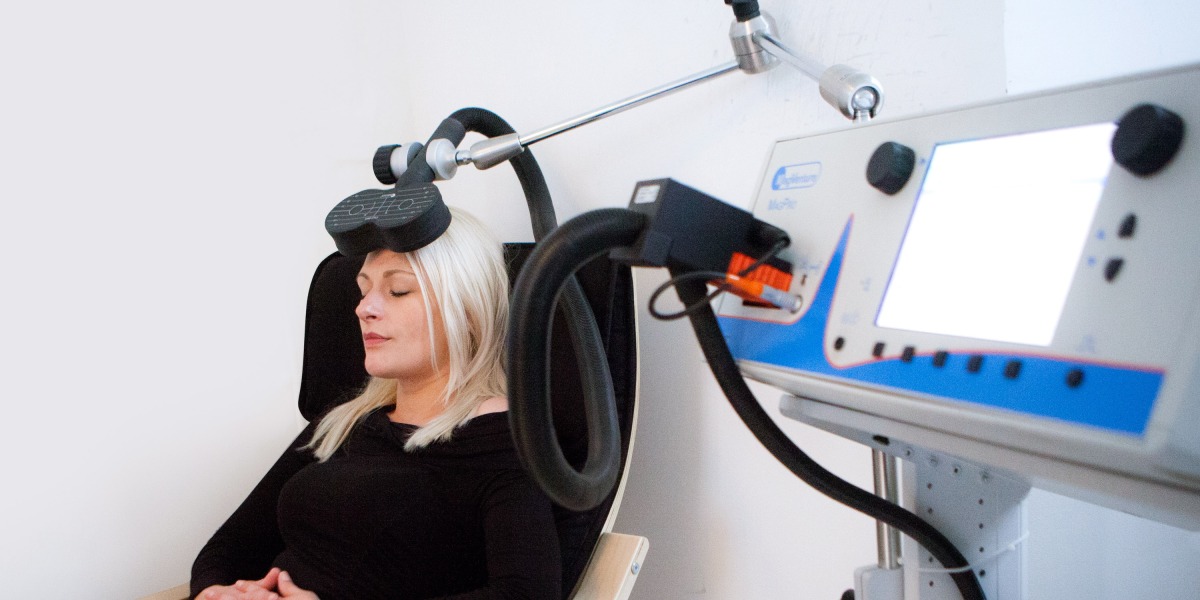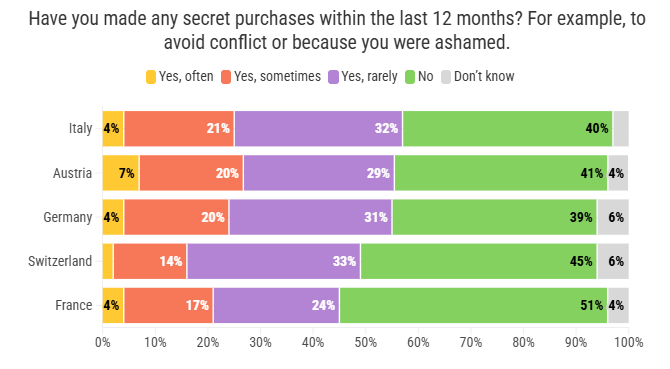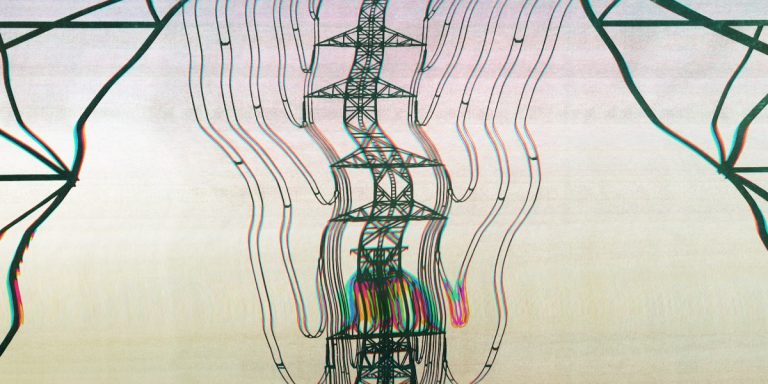
The resulting mood decoder enabled the researchers to identify how each of the volunteers was feeling on the basis of readouts from the electrodes in their brains. In theory, it should be possible to apply this technology more widely, allowing us to peek into the minds and well-being of people with mood disorders.
Now Shanechi and her colleagues are working to create what they call a “closed loop” system. It’s a device that tracks brain activity, recognizes when things are going awry, and automatically stimulates the brain to bring things back to “normal”—whatever that might be for any individual. This should help users regulate their moods. “The idea is that you would be able to personalize the therapy to the person’s needs,” Shanechi says.
For the time being, the team is working on developing computer models that can make sense of brain recordings. Any device needs to be able to not only decode mood, but figure out the best way to restore beneficial brain activity for an individual.
Eventually, Shanechi hopes, such models could be used alongside wireless brain electrodes. There’s tantalizing evidence that it could work, demonstrated by a woman called Sarah. A team at the University of California, San Francisco, implanted a similar closed-loop system to track a specific pattern of brain activity that seemed to become apparent when Sarah’s depression symptoms were particularly bad. Not exactly a mood decoder, but a “neural sensor.” The device would then deliver a pulse of electricity.
And it seemed to work. As Sarah said at a press conference last year: “My depression has been kept at bay, and that’s allowed me to start rebuilding a life that’s worth living.”
Read more:
My colleague Charlotte Jee covered Sarah’s story in more detail last year.
Brain stimulation has been explored for so many brain functions. Noninvasive stimulation can even improve the memory of older people, as demonstrated in a study I covered.






